Home>Garden Essentials>How To Prevent Bird Seed Mess
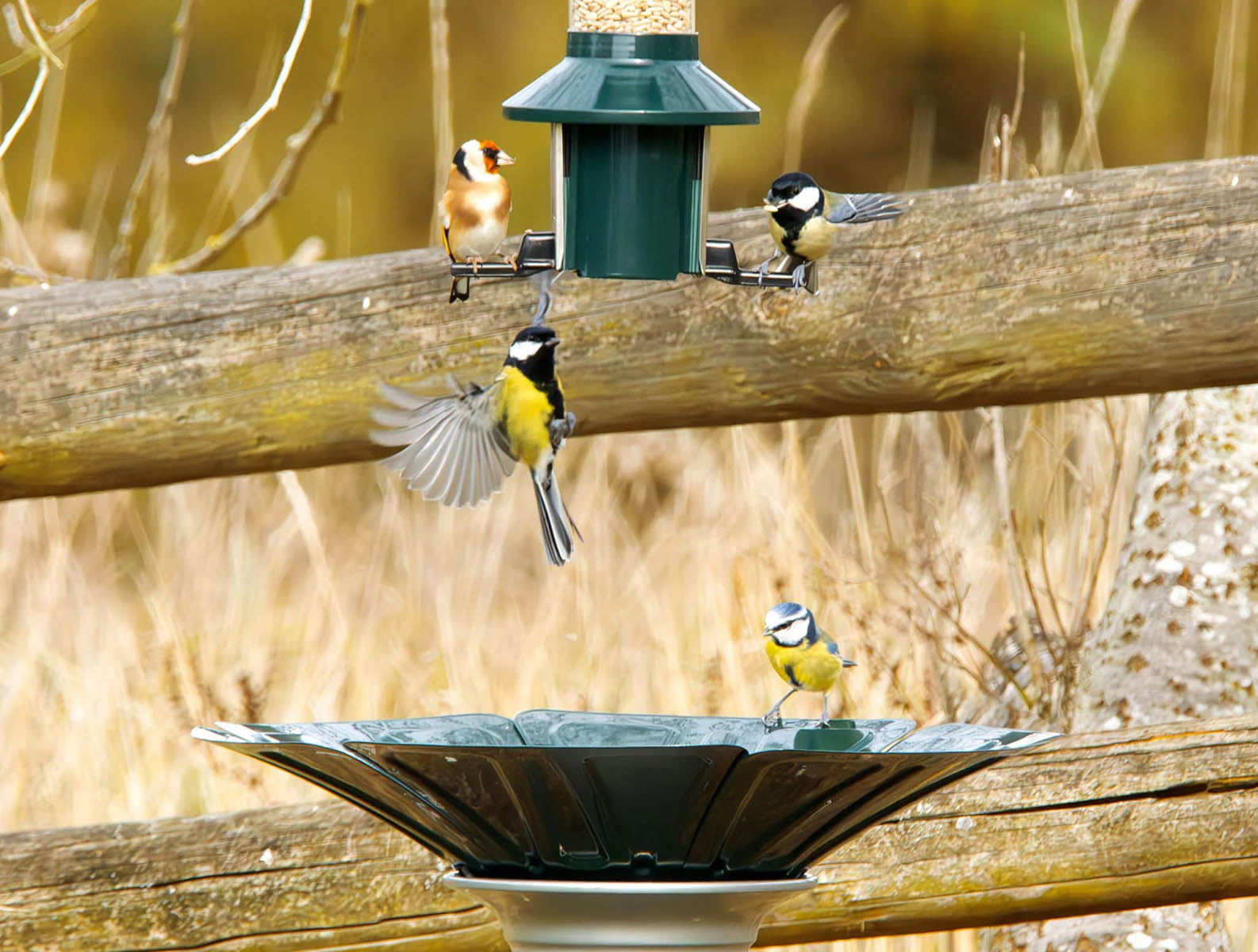

Garden Essentials
How To Prevent Bird Seed Mess
Modified: September 1, 2024
Learn how to prevent bird seed mess in your garden with these simple tips and tricks. Keep your outdoor space clean and free from unwanted debris.
(Many of the links in this article redirect to a specific reviewed product. Your purchase of these products through affiliate links helps to generate commission for Storables.com, at no extra cost. Learn more)
Introduction
Feeding birds in your garden can bring joy and beauty to your outdoor space. However, one common challenge many bird enthusiasts face is the mess that can be left behind by bird seed. Spilled seeds, empty husks, and scattered debris can not only make your garden look untidy but can also attract rodents and other unwanted visitors. But fear not! With a few simple steps, you can prevent bird seed mess and keep your garden clean and inviting for both birds and humans.
In this article, we will explore some common bird seed mess problems and provide practical solutions to address them. We will also discuss the importance of choosing the right type of bird feeder and offer tips on regular cleaning and maintenance to ensure a tidy and enjoyable bird feeding experience.
So, let’s dive in and discover how you can prevent bird seed mess in your garden!
Key Takeaways:
- Keep your garden clean and bird-friendly by choosing the right feeders, cleaning regularly, and managing spillage. With a little effort, you can create a tidy space for birds and humans to enjoy nature.
- Prevent bird seed mess by using tray or hanging feeders, installing seed guards, and offering suet or pellets. Position feeders carefully and choose seed blends wisely for a cleaner garden experience.
Read more: How To Prevent Birds From Eating Grass Seed
Common Bird Seed Mess Problems
When it comes to feeding birds, certain issues can lead to messy situations. Understanding these common problems is the first step in finding effective solutions. Here are some of the most typical bird seed mess problems:
- Spilled Seeds: Birds can be messy eaters, and they often scatter seeds while pecking at their food. This can result in a litter of seeds on the ground, attracting rodents and creating a mess.
- Empty Husks: Birds like to crack open seeds to reach the nutritious contents inside. As a result, they leave behind empty husks, which can accumulate around your feeding area if not promptly cleaned.
- Scattered Debris: Some birds are notorious for flicking seeds and other debris while feeding. This can create a messy area around the bird feeder and make your garden look unappealing.
- Unwanted Visitors: Bird seed mess can attract pests such as rats, squirrels, and raccoons. These critters not only cause a mess but can also damage your feeders and intimidate the birds you are trying to attract.
Now that we’ve identified the challenges, let’s move on to solutions that can help you tackle these bird seed mess problems effectively.
Choosing the Right Bird Feeders
One of the key factors in preventing bird seed mess is selecting the right bird feeder. Different bird feeder designs can help minimize spillage and reduce the mess in your garden. Here are a few options to consider:
- Tray or Platform Feeders: These feeders have a flat surface where birds can perch and access the seed. They often come with a covered roof to protect the food from rain. Tray or platform feeders are great for attracting a variety of bird species, and their large surface area reduces seed wastage and spillage.
- Hanging Feeders with Seed Catchers: Hanging feeders equipped with seed catchers are an excellent choice for preventing mess. The seed catcher, usually a tray or mesh attached to the feeder, catches any seeds that birds drop while feeding, reducing the build-up of seed debris underneath.
- Tube Feeders: Tube feeders are long and cylindrical with multiple feeding ports, allowing birds to access the seed from small openings. These feeders are designed to dispense the seed gradually, reducing the chances of birds flicking and scattering it. Look for tube feeders with perches to make them more inviting for birds.
When choosing bird feeders, consider the type of birds that visit your garden, as different species have varying feeding preferences. Additionally, opt for feeders made of durable materials that are easy to clean and maintain.
Remember, having multiple feeders strategically placed around your garden can help distribute bird activity and reduce the concentration of mess in one area.
Now that you have selected the right bird feeders, let’s explore additional measures you can take to minimize bird seed mess.
Using Tray or Platform Feeders
Tray or platform feeders are a popular choice for both birds and bird enthusiasts. These feeders provide a flat surface where birds can easily perch and access the seed. Here’s how you can effectively use tray or platform feeders to prevent bird seed mess:
- Choose an Appropriate Size: Select a tray or platform feeder that is large enough to accommodate multiple birds comfortably. This will help prevent overcrowding and reduce the chances of seed spillage.
- Use Seed Trays: Consider using seed trays underneath the feeder to catch any seeds that may fall. Seed trays are shallow dishes that can be easily attached to the bottom of the feeder. They prevent seeds from scattering on the ground, keeping your garden clean and tidy.
- Regular Cleaning: Clean the tray or platform feeder regularly to remove any accumulated debris and prevent the build-up of mold or bacteria. Use a mild soap solution and rinse thoroughly before refilling with fresh seed.
- Position the Feeder Smartly: Place the tray or platform feeder in an area that is easily accessible to birds but away from shrubs or structures that could serve as hiding spots for predators. This will encourage birds to focus on eating from the feeder rather than dropping seed outside.
- Monitor Seed Levels: Avoid overfilling the tray or platform feeder. Fill it with an amount of seed that birds can consume within a day or two. This will help reduce the chance of seed wastage and minimize the mess caused by spoiled or stale seeds.
Tray or platform feeders not only prevent seed mess but also offer a great opportunity for you to observe and enjoy different bird species up close. By incorporating these tips, you can create a clean and inviting feeding station in your garden.
Next, let’s explore another method to minimize bird seed mess: using hanging feeders with seed catchers.
Hanging Feeders with Seed Catchers
Hanging feeders with seed catchers are an effective solution for preventing bird seed mess in your garden. These feeders typically consist of a suspended tube or container for holding the bird seed, along with a tray or mesh attached to catch any seeds that birds drop while feeding. Here’s how you can utilize hanging feeders with seed catchers:
- Choose the Right Design: Select a hanging feeder with a secure seed catcher attached. The seed catcher can be a tray or mesh that sits below the feeder to catch any falling seeds, preventing them from reaching the ground.
- Adjust the Height: Hang the feeder at an appropriate height, ensuring that birds can easily access the seed but making it difficult for larger animals like squirrels to reach the feeder and cause a mess.
- Empty and Clean Regularly: Check the seed catcher regularly and empty it of any accumulated debris. Clean the feeder and catcher with warm soapy water to maintain hygiene and prevent the growth of mold or bacteria.
- Consider a Rain Guard: To prevent rainwater from accumulating in the seed catcher and making the seeds moldy, consider adding a rain guard or cover to your hanging feeder. This will protect the seed from inclement weather while still allowing birds to access it.
- Vary the Seed Type: To attract a wider range of bird species, offer different types of seeds in your hanging feeder. This can encourage birds to visit and feed more actively, reducing the chances of excess seed being knocked out and causing a mess.
By implementing these strategies, you can minimize the amount of seed debris that falls to the ground and create a more neat and organized bird feeding area.
Now that we’ve explored tray or platform feeders and hanging feeders with seed catchers, let’s move on to another method of preventing bird seed mess: installing a seed guard or baffle.
Read more: How To Prevent Birds From Nesting In Eaves
Installing a Seed Guard or Baffle
Installing a seed guard or baffle can be an effective way to prevent bird seed mess in your garden. These devices create a barrier around the feeder, blocking squirrels and other unwanted visitors from accessing the seed. Here’s how you can install a seed guard or baffle:
- Choose the Right Guard or Baffle: Select a seed guard or baffle that is appropriate for your type of feeder. There are various options available, including dome-shaped baffles, cone-shaped baffles, and cage-style guards. Ensure that the guard or baffle is large enough to cover the feeding area and prevent squirrels from reaching the seed.
- Mount the Guard or Baffle: Follow the instructions provided with the seed guard or baffle to properly mount it. In most cases, this involves attaching it to a post or pole above the feeder, creating a barrier that squirrels cannot surpass.
- Position the Feeder: Place the feeder and the attached seed guard or baffle in an open area away from overhanging branches or structures that squirrels could use to jump onto the feeder. This will further deter their access to the seed.
- Monitor and Adjust: Regularly monitor the feeder and check for any signs of squirrels attempting to breach the barrier. If necessary, make adjustments to the position or height of the guard or baffle to ensure its effectiveness.
By installing a seed guard or baffle, you can significantly reduce the likelihood of squirrels and other pests getting to the bird seed, resulting in less mess and wastage.
Now that we’ve explored different methods of preventing bird seed mess, let’s discuss the importance of regular cleaning and maintenance.
Consider using a bird feeder with a built-in tray to catch seeds, or place a mat or tray underneath the feeder to catch any spilled seeds. This will help prevent mess and make clean-up easier.
Regular Cleaning and Maintenance
Maintaining a clean and hygienic bird feeding area is essential for both the well-being of the birds and the prevention of seed mess. Here are some tips for regular cleaning and maintenance:
- Clean Feeders and Trays: Regularly clean bird feeders and trays using warm soapy water. Remove any accumulated debris, mold, or bacteria that can be harmful to birds. Rinse thoroughly and dry before refilling with fresh seed.
- Replace Worn-Out Feeders: Inspect your feeders for any signs of wear and tear. Replace damaged or deteriorating feeders to ensure they function properly and minimize the risk of seed spillage.
- Dispose of Spoiled Seed: Check the bird seed regularly for signs of spoilage. If you notice any mold or foul odor, it’s crucial to dispose of the seed properly and refill the feeder with fresh, high-quality seed.
- Remove Fallen Debris: Clear away any fallen debris, empty husks, or seed hulls from the ground around the feeding area. Regularly sweep or rake the area to keep it clean and prevent potential rodent attraction.
- Inspect and Repair: Periodically inspect the hanging mechanisms, attachments, and supports of your feeders. Ensure they are secure and in good condition. Make any necessary repairs or adjustments to prevent accidents or seed spillage.
By maintaining a clean and well-maintained feeding area, you not only prevent mess but also create a healthier environment for the birds that visit your garden.
Now that we’ve covered regular cleaning and maintenance practices, let’s move on to the importance of positioning the feeders carefully to minimize seed spillage.
Positioning the Feeders Carefully
Properly positioning your bird feeders can play a crucial role in minimizing bird seed mess. Consider the following tips when determining the placement of your feeders:
- Distance from Structures: Hang or place the feeders at an appropriate distance from buildings, fences, or other structures to prevent squirrels and other animals from accessing the seed. A recommended distance is at least 10 feet away.
- Clear of Obstacles: Ensure that the feeders are not obstructed by branches or foliage that could cause spillage when birds land or take off. Clear any nearby vegetation that may interfere with bird activity around the feeders.
- Visibility and Safety: Position the feeders in a location that provides good visibility for you to enjoy observing the birds while ensuring their safety. Avoid placing feeders too close to windows, as birds may collide with the glass.
- Consider Natural Perches: Place feeders near shrubs, trees, or other natural perching areas. These natural perches can encourage birds to stay in the nearby vicinity, reducing the chances of seed spillage on the ground.
- Implement Flying Patterns: Observe the flight patterns of birds in your garden and position the feeders accordingly. By placing the feeders in areas where birds frequently fly or perch, you can minimize seed scatter caused by birds moving in and out of feeding areas.
By carefully positioning your bird feeders, you can create an environment that encourages birds to feed comfortably while reducing the risk of seed mess caused by animal interference or improper landing areas.
Now that we’ve discussed the importance of positioning feeders, let’s explore some additional tips for preventing bird seed mess.
Managing Spillage and Overfilling
To prevent bird seed mess, it’s essential to manage spillage and avoid overfilling your bird feeders. Here are some tips to help you effectively manage seed spillage:
- Fill Feeders Conservatively: Avoid overfilling the feeders with seed. Fill them to a level that birds can consume within a day or two. This helps reduce the chances of seed wastage and limits the amount of seed available for birds to scatter.
- Use Seed Trays or Catchers: Utilize seed trays or catchers designed to attach to the bottom of your feeders. These accessories are specifically designed to catch seeds and prevent them from falling to the ground, keeping your garden clean and minimizing waste.
- Opt for No-Mess Seed Mixes: Consider using no-mess seed mixes that have already been shelled or husked. These mixes eliminate much of the debris and waste associated with traditional bird seeds, resulting in less mess and cleanup.
- Regularly Check and Adjust: Monitor your feeders frequently for signs of spillage or excessive seed accumulation. Adjust the amount of seed you provide accordingly to ensure that it is being consumed in a timely manner and doesn’t accumulate excessively.
- Manage Feeding Frequency: If you notice that the seed is not being fully consumed and is causing excessive mess, reduce the frequency of feeding or adjust the amount of seed offered to align with the feeding patterns of the birds in your area.
By implementing these measures, you can effectively manage seed spillage and prevent unnecessary mess in your garden. Remember, a little extra effort in managing and monitoring your feeders can go a long way in maintaining a tidy bird feeding area.
Now that we’ve covered managing spillage and overfilling, let’s move on to some quick tips for preventing bird seed mess.
Read more: How To Dispose Of Moldy Bird Seed
Quick Tips for Preventing Bird Seed Mess
When it comes to preventing bird seed mess in your garden, every little step counts. Here are some quick tips that can help:
- Place a Mat or Tray: Consider placing a mat or tray under your bird feeders to catch any fallen seeds. This makes it easier to collect and dispose of the seeds, preventing them from accumulating in your garden.
- Offer Suet or Pellets: Supplement your bird feeding routine with suet or pellets. These alternative food options produce less debris and are less likely to be scattered by birds, minimizing the mess in your garden.
- Rotate Feeder Locations: Periodically rotate the locations of your bird feeders to distribute the feeding activity across your garden. This avoids the build-up of mess in one area and promotes regular cleaning and maintenance.
- Choose Seed Blends Wisely: Opt for bird seed blends that contain fewer filler seeds or bulky shells. Look for high-quality mixes that are rich in nutrition and have a lower chance of producing excessive waste or mess.
- Trim Overhanging Branches: Trim any overhanging branches or foliage near your feeders. This prevents squirrels from accessing the feeders from above and reduces the chances of seeds being scattered during their activities.
- Provide Adequate Perching Space: Ensure that your bird feeders have enough perching space for birds to comfortably sit and feed. This discourages them from flicking or knocking out seeds as they try to maintain balance.
- Regularly Inspect and Adjust: Regularly inspect your feeders for any damage or issues that may contribute to seed mess. Adjust the feeders and accessories as needed to optimize their performance and minimize spillage.
By incorporating these quick tips into your bird feeding routine, you can effectively prevent bird seed mess and maintain a tidy and enjoyable garden environment for birds and humans alike.
Now, let’s conclude our discussion on preventing bird seed mess.
Conclusion
Keeping your garden clean and free from bird seed mess is an achievable goal with the right strategies and practices in place. By choosing the right bird feeders, such as tray or platform feeders or hanging feeders with seed catchers, you can minimize seed spillage and reduce the mess caused by birds while feeding. Installing a seed guard or baffle can further deter unwanted visitors from accessing the seed, ensuring a cleaner feeding area.
Regular cleaning and maintenance of your feeders and surrounding areas play a key role in preventing seed mess. Cleaning feeders, disposing of spoiled seed, and removing fallen debris are essential tasks to maintain a hygienic environment for birds and prevent the accumulation of seed waste.
Positioning your feeders carefully and managing spillage and overfilling can greatly reduce seed scatter and mess. Consider using trays, opting for no-mess seed mixes, and adjusting the feeding frequency to minimize waste and excess seed accumulation in your garden.
Remember to implement quick tips such as placing mats or trays, offering suet or pellets, and regularly rotating the feeder locations to distribute feeding activity. Choosing bird seed blends wisely and providing adequate perching space can also contribute to a cleaner and more enjoyable bird feeding experience.
In conclusion, with the right approach and a little bit of effort, you can prevent bird seed mess in your garden. By implementing the tips and strategies discussed in this article, you can create a clean, welcoming, and tidy space for both birds and humans to enjoy.
Now, go ahead and create a bird-friendly garden where the beauty of nature can thrive without the mess of scattered seed!
Frequently Asked Questions about How To Prevent Bird Seed Mess
Was this page helpful?
At Storables.com, we guarantee accurate and reliable information. Our content, validated by Expert Board Contributors, is crafted following stringent Editorial Policies. We're committed to providing you with well-researched, expert-backed insights for all your informational needs.
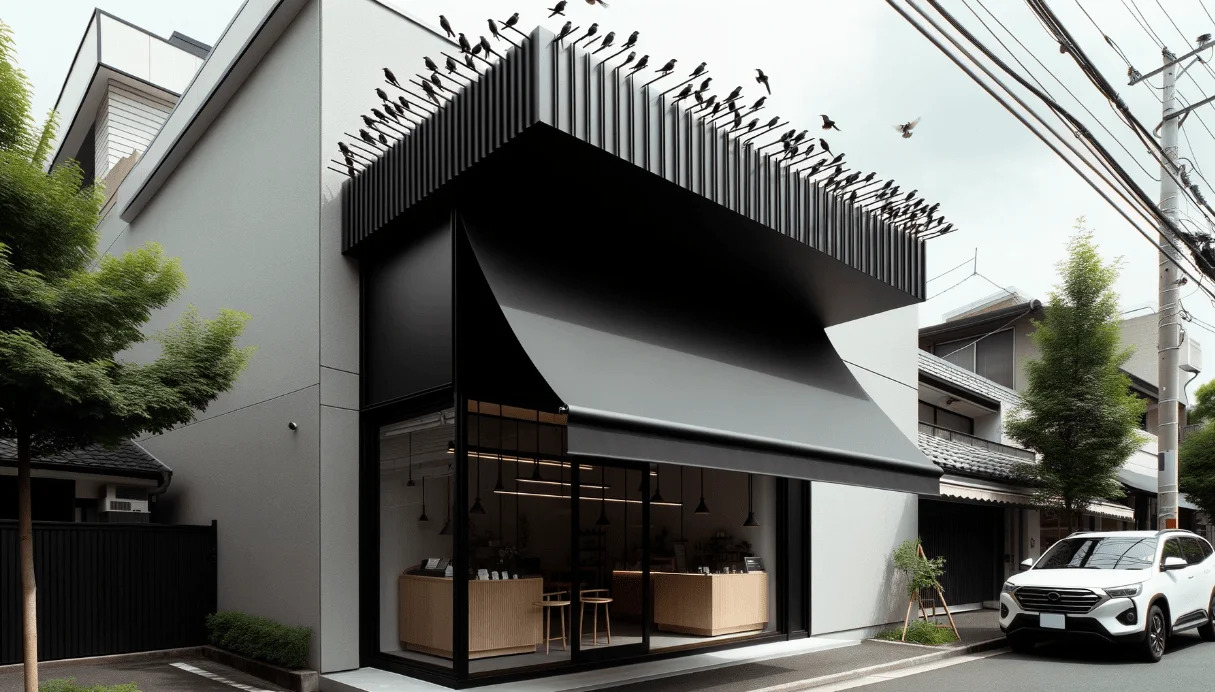
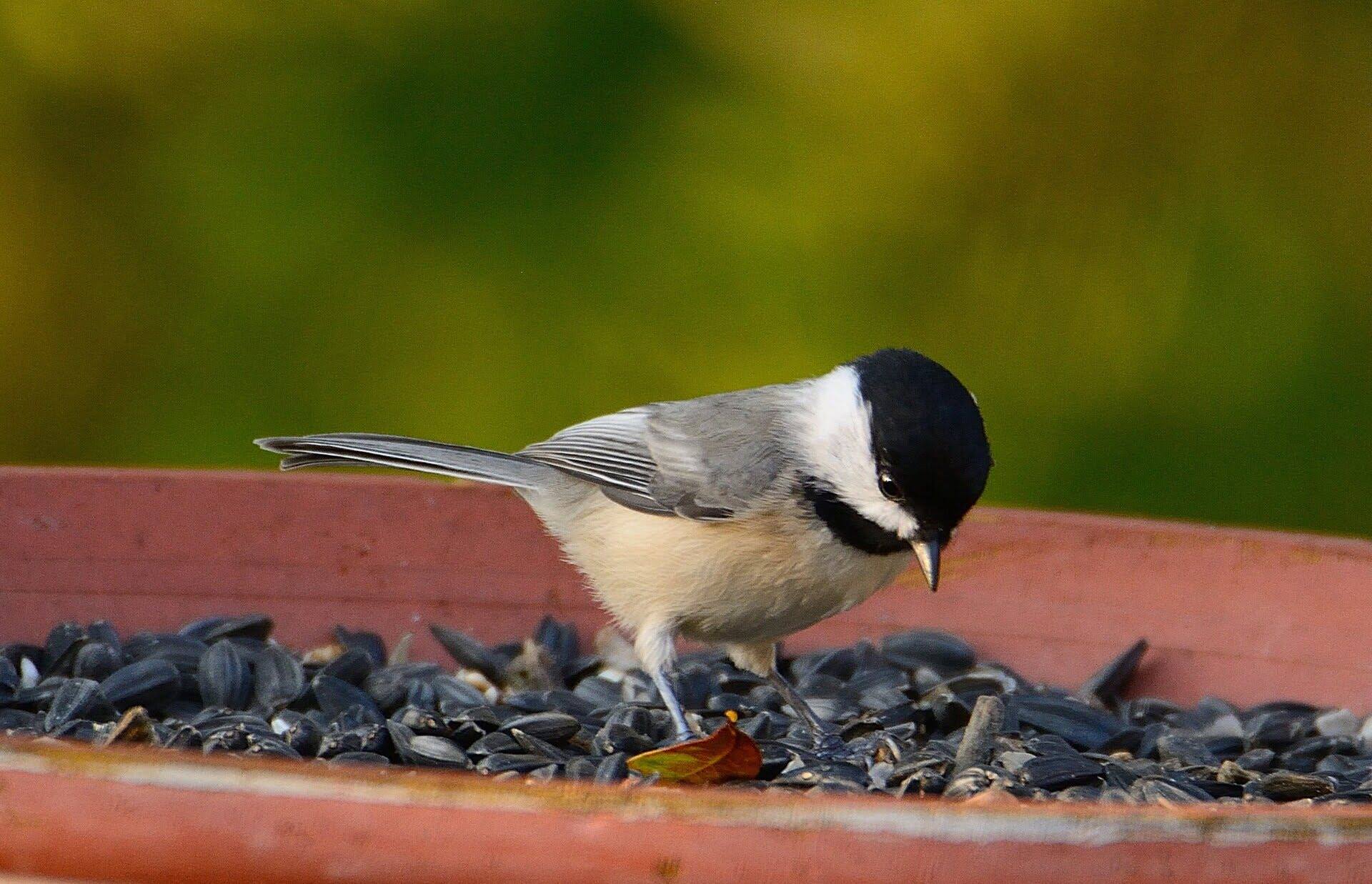
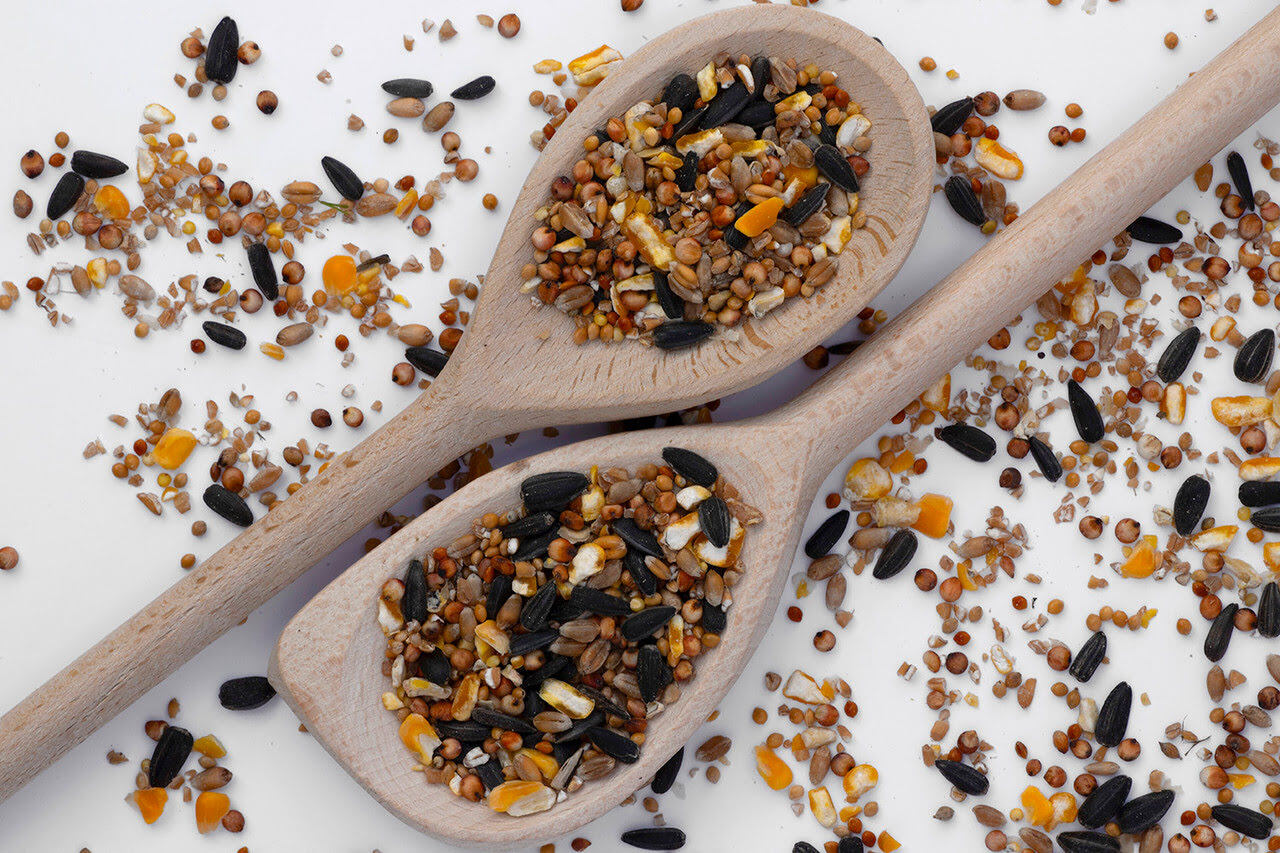
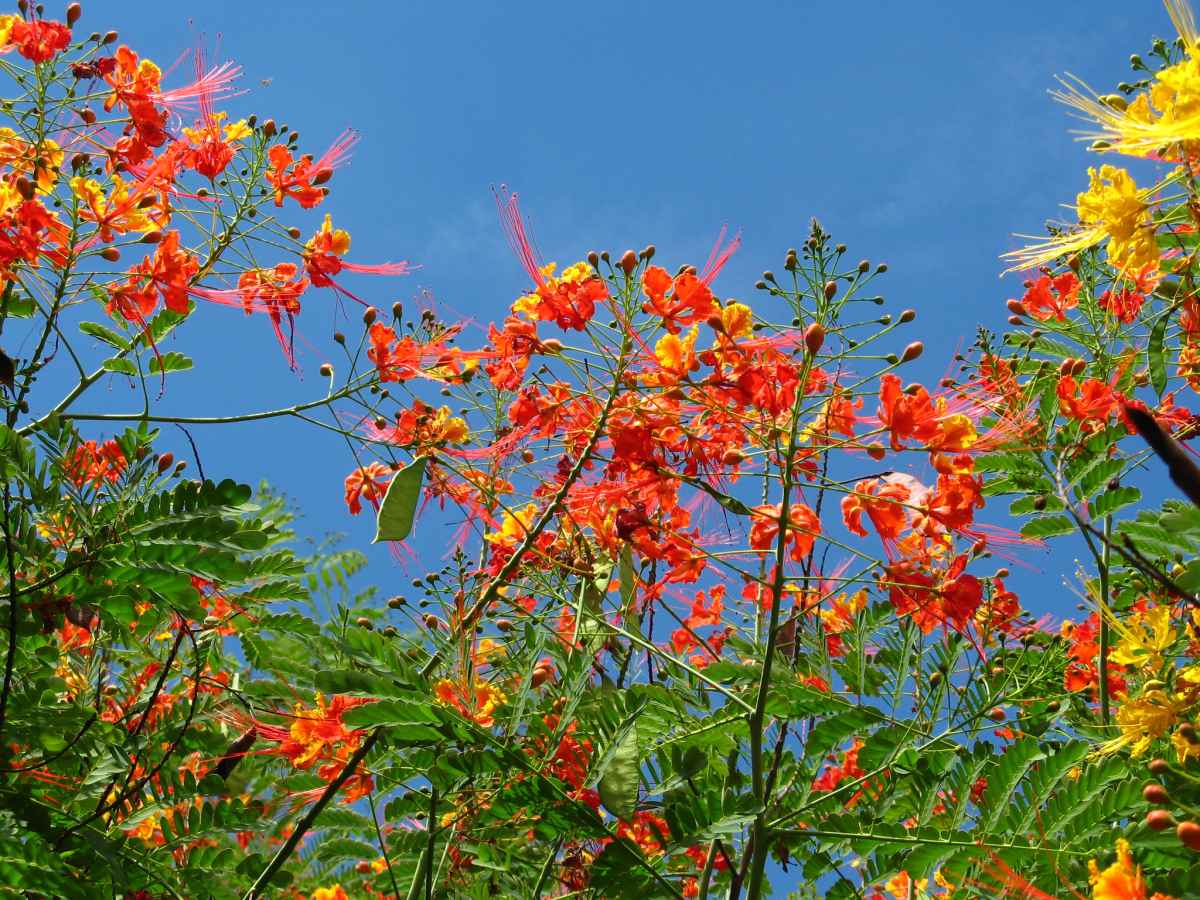
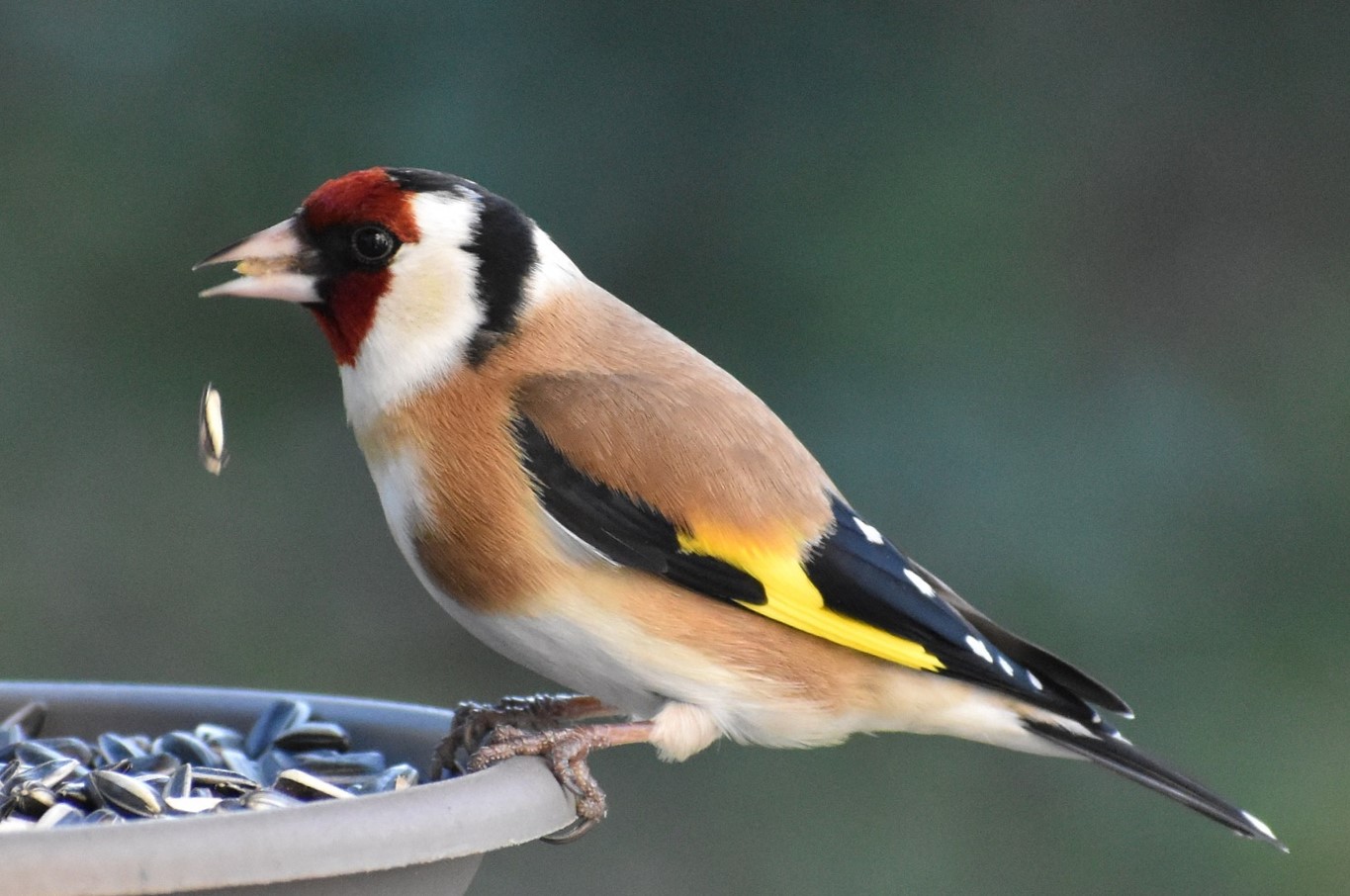
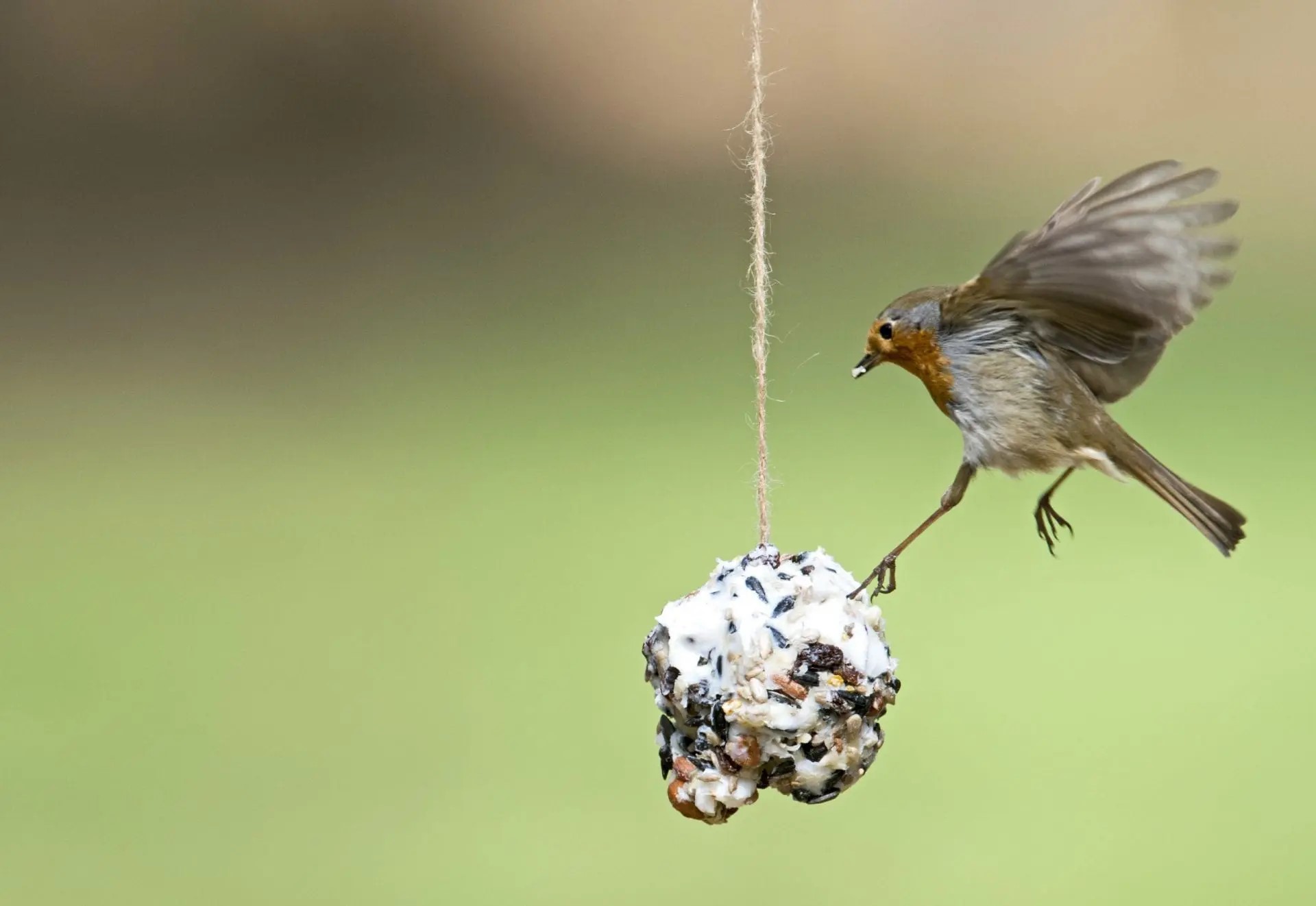
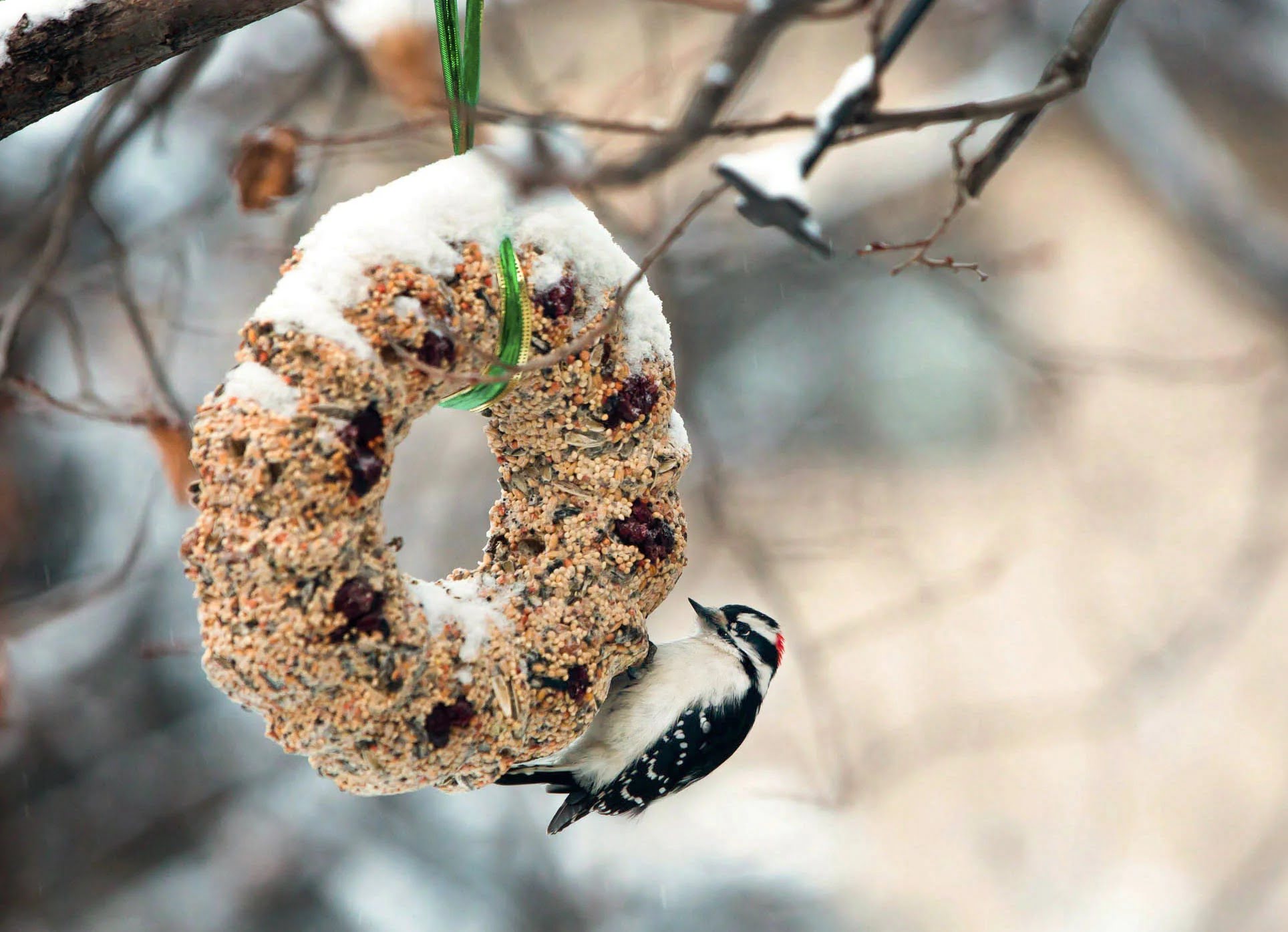
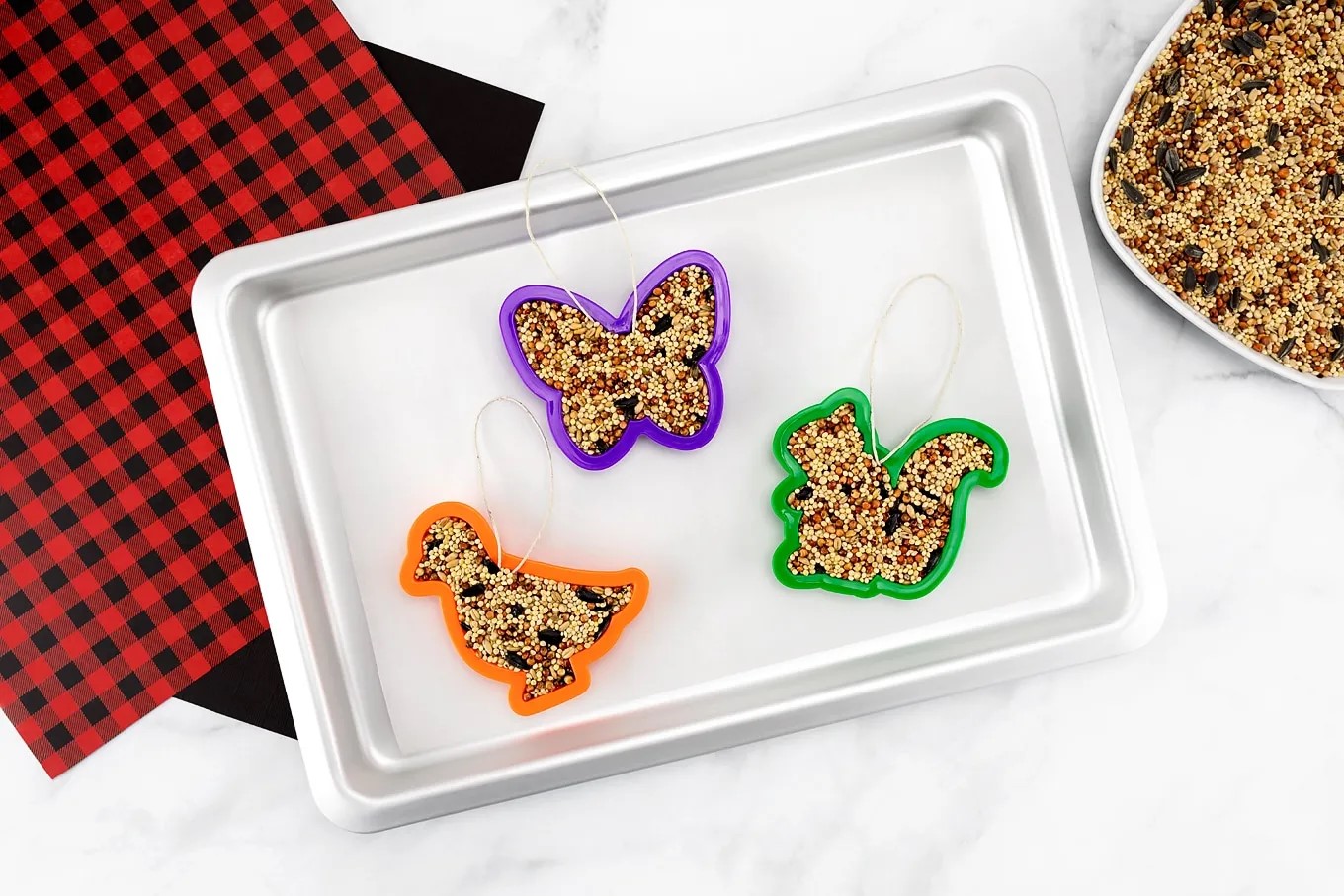
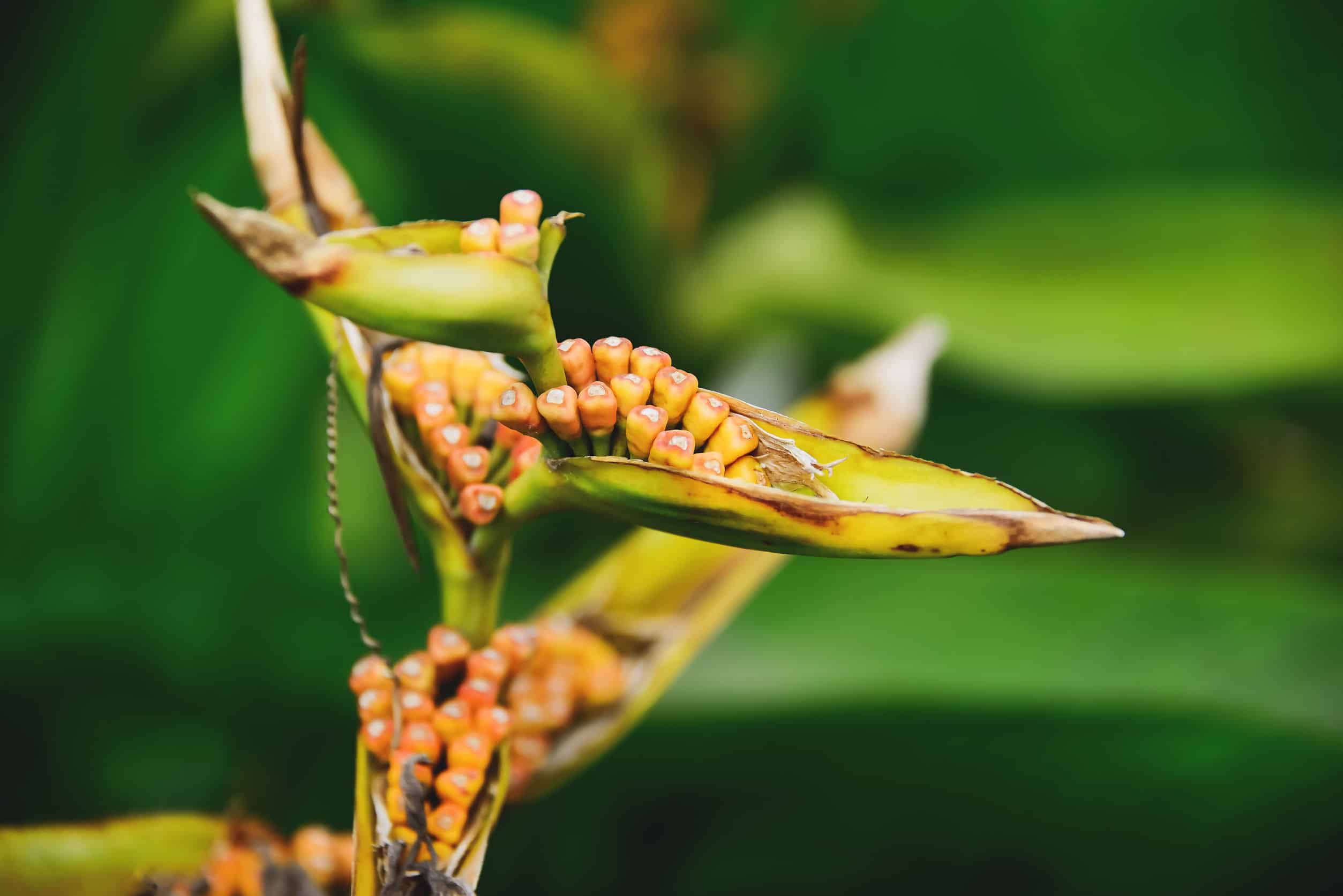
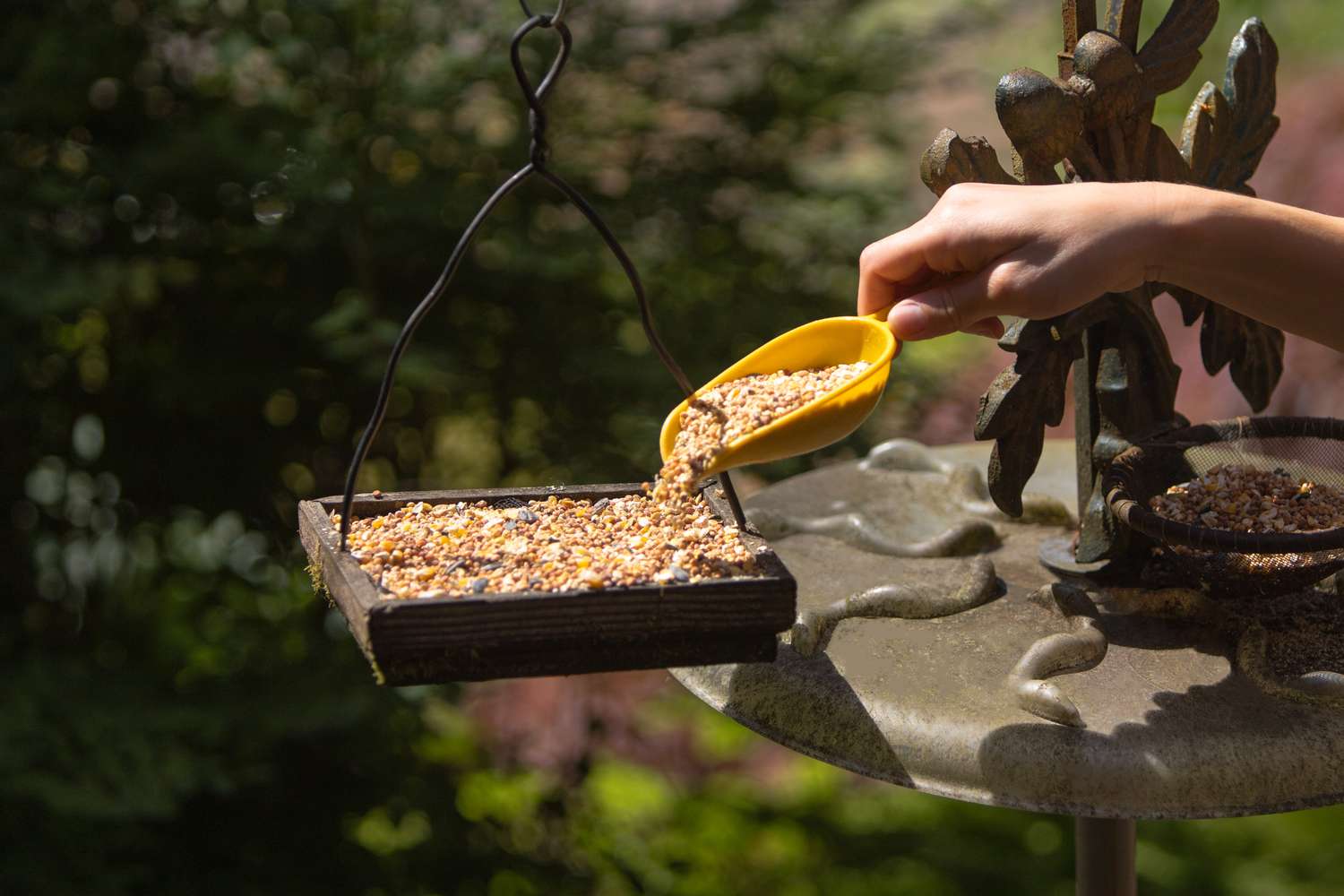
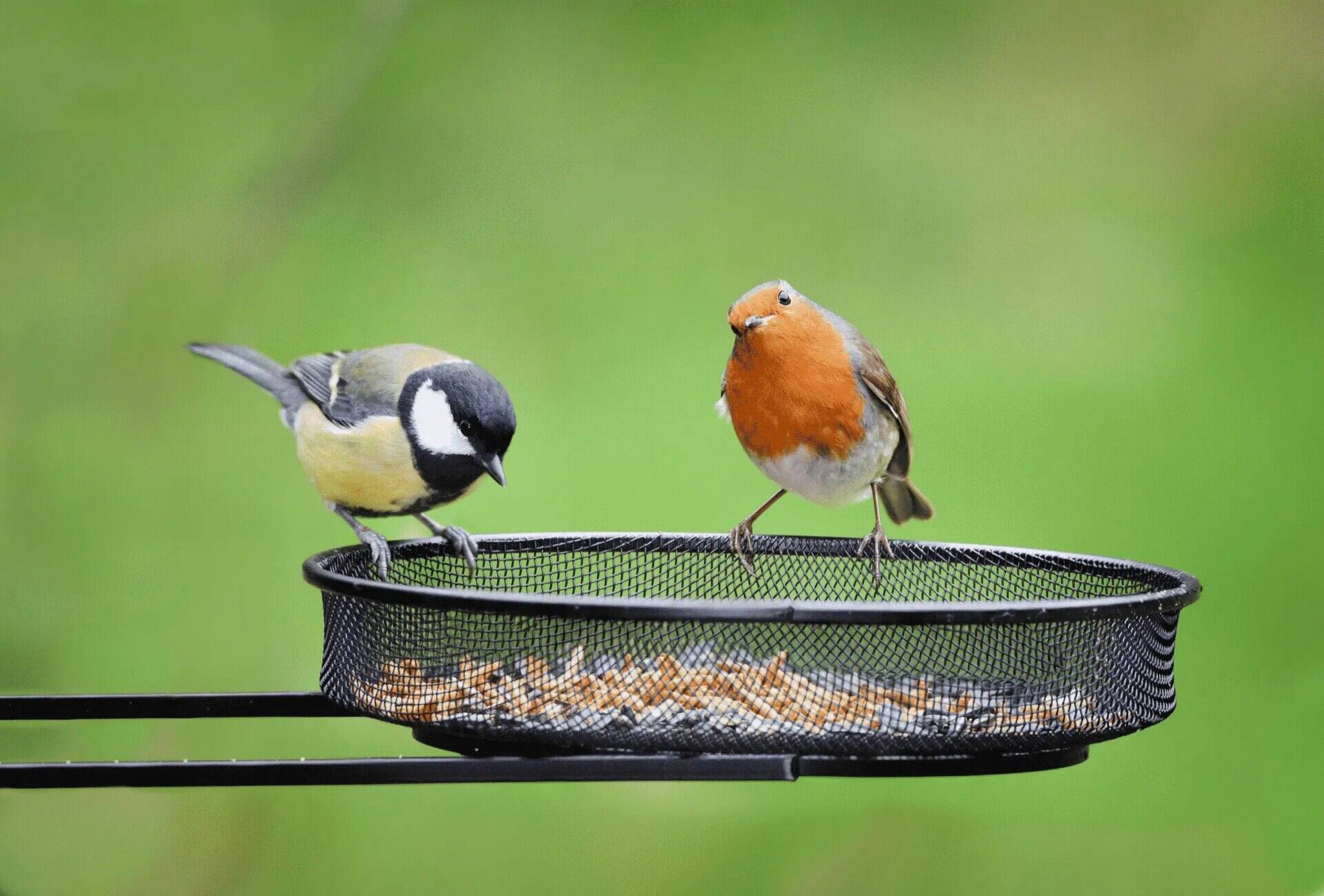
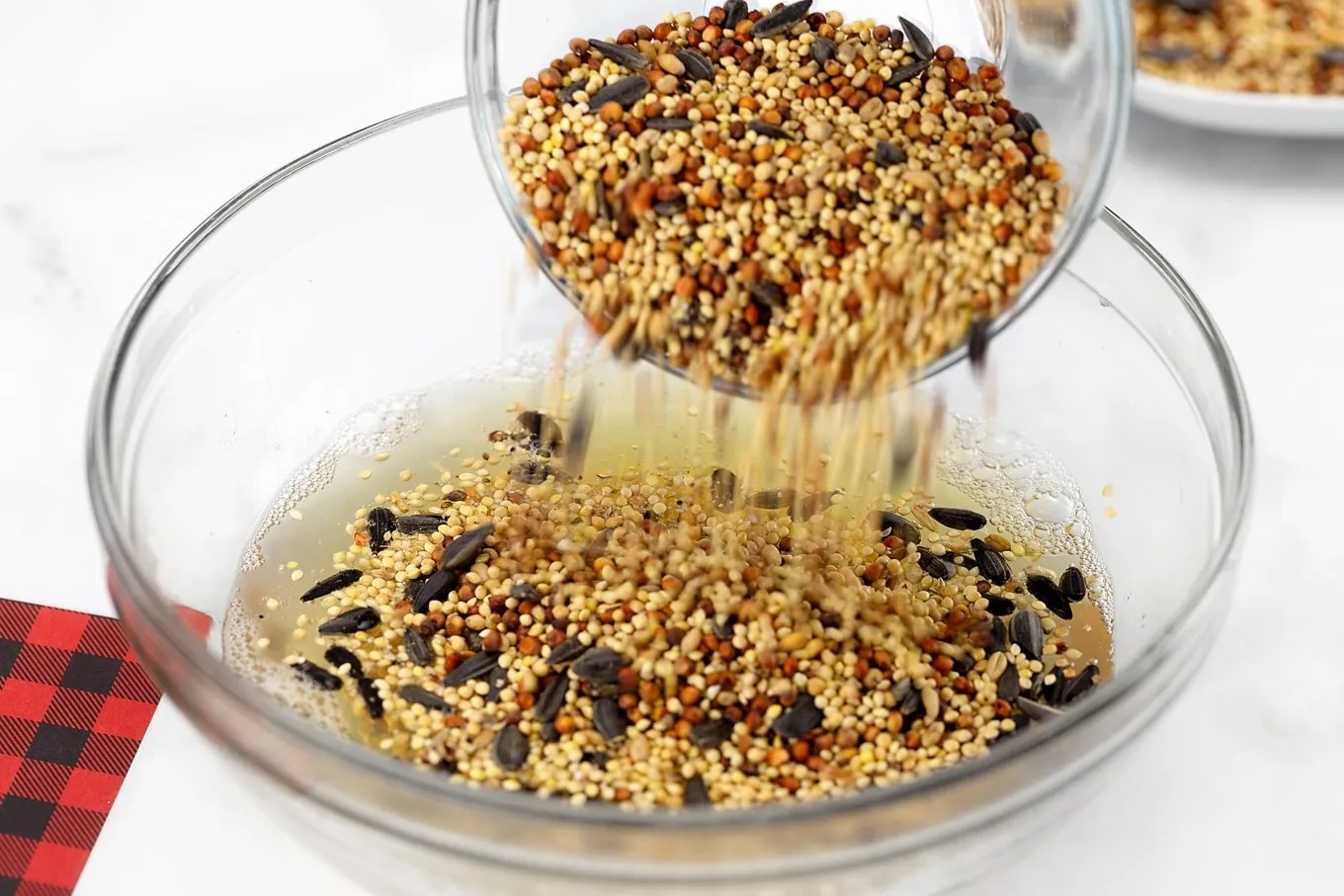
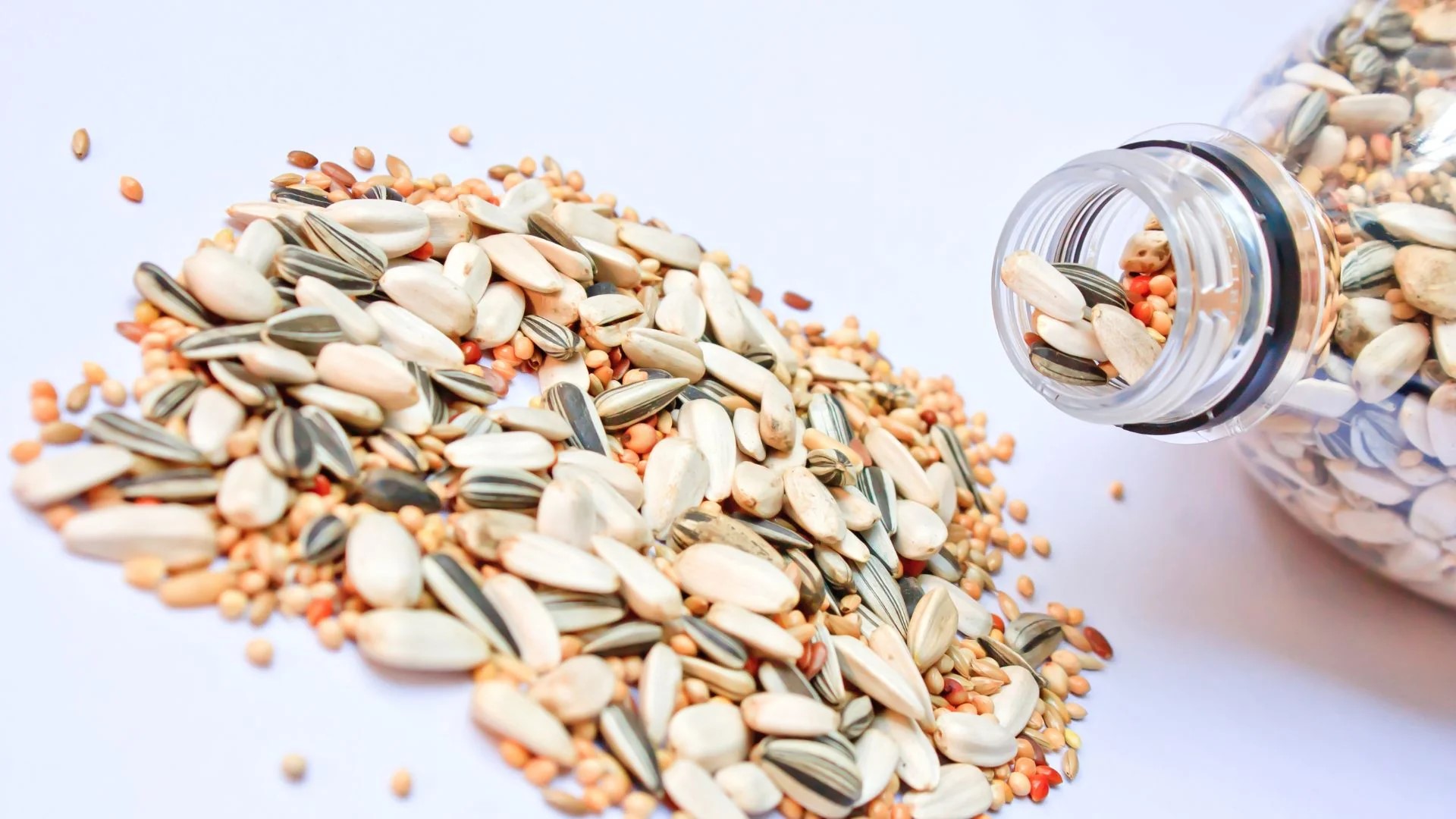

0 thoughts on “How To Prevent Bird Seed Mess”